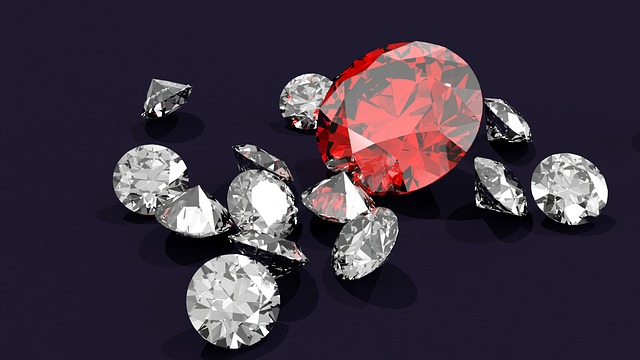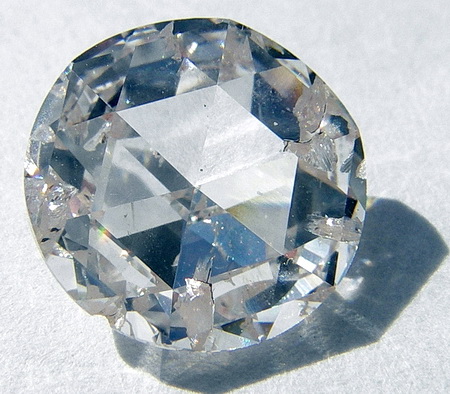The Atomic Energy Commission (AEC) was established in 1946 in an effort to stockpile uranium. Experts and amateurs used radiation detectors to confirm uranium deposits in Utah and so began the uranium boom. By 1955, 800 mines produced high-grade uranium ore, with Utah alone providing nine million tons of ore. After eight years, the AEC had more than enough reserves and ended their program. Left behind were hundreds of abandoned uranium mines. That didn’t stop air and water from finding its way into the mines and helping create new minerals.
Recently, a graduate student from Notre Dame, Travis Olds, has discovered three new uranium minerals. Olds studied uranyl mineral compounds to learn where these radioactive materials are found and how they change in different environments. Just this past year, Olds found new uranium minerals while exploring the old uranium mines in Utah. Along with a small team that includes scientist Owen Mills and Shawn Carlson, they characterized the new minerals.
Leesite, the first new mineral discovered is like uranium rust, containing uranium and oxide layers as well as potassium. Leesite occurs in tiny, bright yellow stacked blades and radiating needles. It also forms powdery masses that rest against companion minerals, mostly gypsum. Due to its structure and chemistry, it belongs to the schoepite mineral family.
The second discovered mineral, leószilárdite, is a pale yellow carbonate formed through uranium ore interacting with air. It was found in the Markey Mine in Red Canyon. Its bladed crystals are barely visible in hand samples. It was named after Dr. Leo Szilard, a Hungarian-born physicist that worked with uranium and constructed the first neutronic chain reactor.
The last uranium mineral discovered is redcanyonite. It was named after where it was found, in the Blue Lizard Mine in Red Canyon. This ultra rare mineral can only form in organic-rich layers that produce ammonium with access to manganese ions. This rare uranium mineral is not water soluble since it is a sulfate, unlike leószilárdite. Its color ranges from orange to red-orange.




